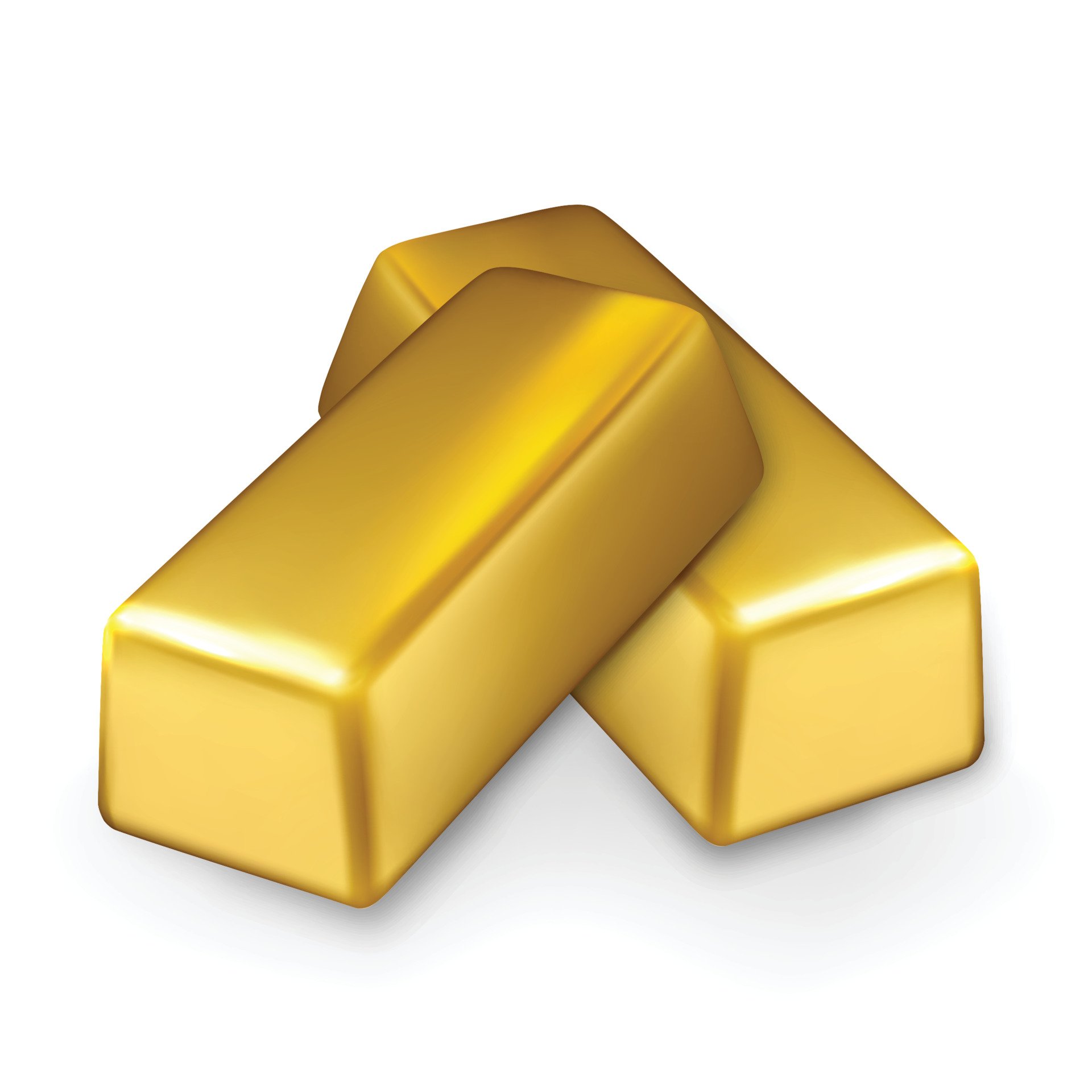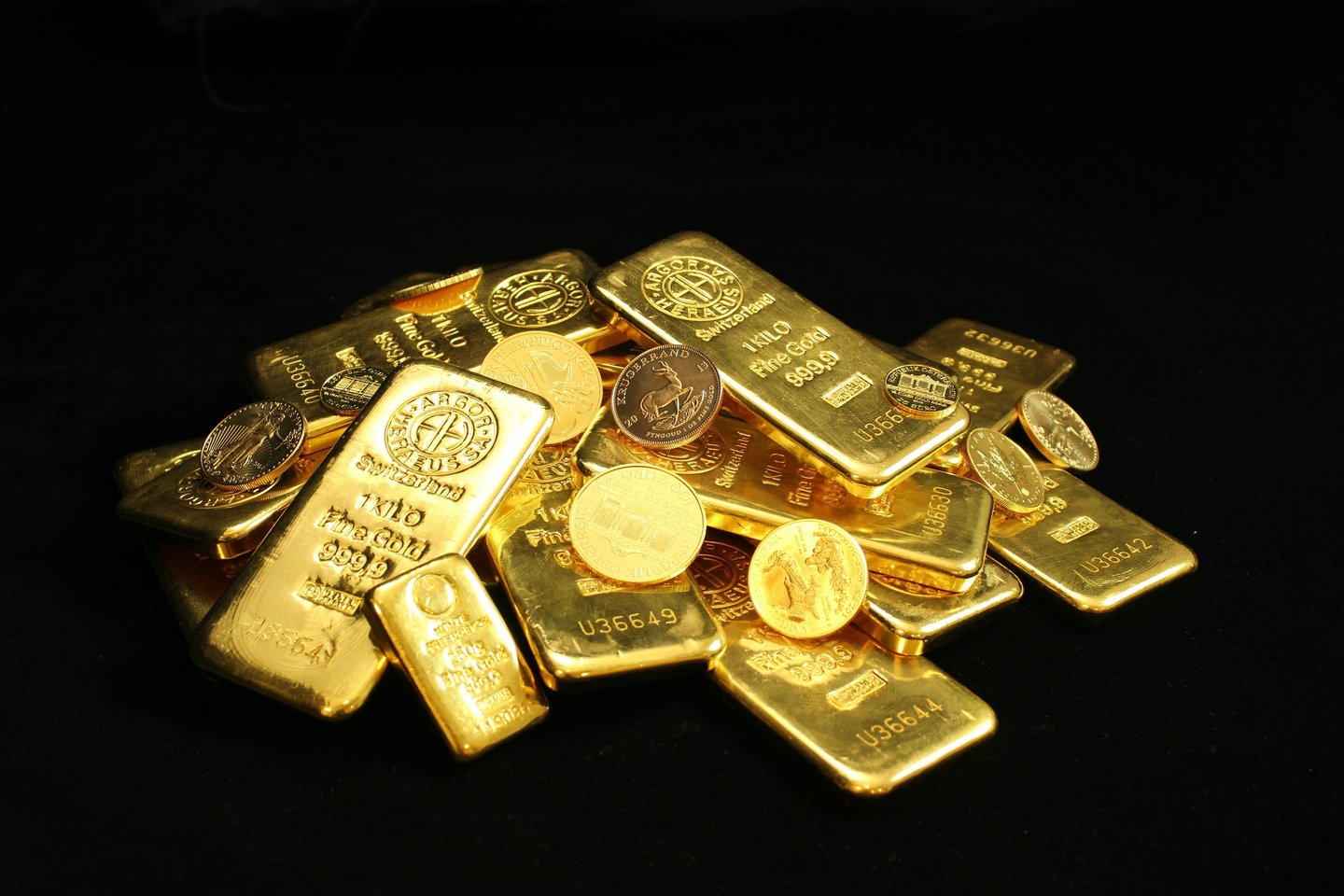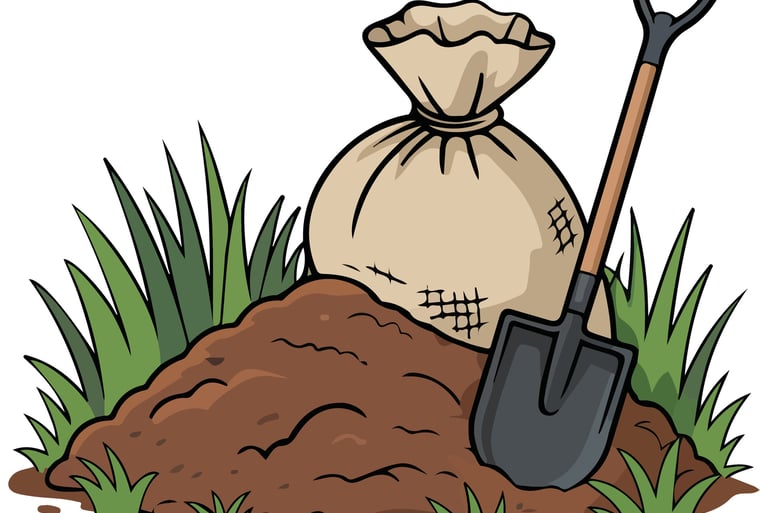
GOLD! The Good, Bad, Ugly & Hideous. Pt 1
Good and bad of gold and the human psyche.
Lew Marcrum
4/16/20255 min read
Introduction
Considering the method of gold’s creation and the journey it takes to get here, it’s a miracle there is any at all. In the original formation of the universe, gold did not exist. Gold, and all elements heavier than iron, can only be formed from the immense energy of a supernova blasting atoms in every direction to all corners of the galaxy.
In the great “Mix-Master” of space those atoms are captured along with other dust and debris, formed by gravity into planets which in turn are smashed into asteroids and rocks. A small bit of gold was included in the formative material of our planet, but the majority came here from the millions and billions of space rocks which have bombarded it. That could explain why gold is found almost entirely in the earth’s crust and upper mantle.
The Good:
Gold is beautiful. Since the first prehistoric man found a shining yellow pebble in a stream bed, gold has been recognized as something beautiful, unique and desirable. When primitive communities became governments the rulers saw gold as something to be coveted, hoarded and a symbol that set the king above the common horde. Early religions saw gold as a link to the sun gods, and only kings and priests were worthy of its possession.
Gold was easily worked with even the most basic tools. Using iron, bronze or even stone tools, a nugget could be pounded and worked into fantastic shapes, flattened into very large sheets and worked by talented artists into royal sceptres and ornamental wires, rings, jewelry and funeral masks for the rulers.
Gold never tarnishes
Ancient men discovered that gold doesn't change over time. It never changed color in sun or shade, never tarnished or faded. It always remained the same solid drop of sunlight, a gift from the gods. This, with it's sun color and awesome weight, were it's principal attractions. It was unique, and unlike everything else in the natural environment.
Today if a clad coin is found after a couple years in damp ground, it will be nearly unrecognizable. A copper or silver coin can last a couple thousand years under the right ground conditions, but a pure gold item or nugget will still be around for MILLIONS of years, and still look like day one!
Relatively easy to extract and can’t be “lost” in processing
Pure gold can be extracted from most anything that contains the element, and it's fairly easy to do. Our ancient ancestors learned long ago that gold, in whatever unrecognizable form, can be reduced to its natural yellow metal by heat alone. The later discovery of certain fluxes and reagents made the process easier and more efficient. Soda ash, nitre, sheep bone ash, silica, borax, lead, etc., were all readily available to the gold workers of Egypt and Mesopotamia. These are the exact same ingredients and processes still used in modern fire assay, one of the most ancient gold technologies and still the most accurate.
Gold cannot be lost in heat or chemical processing unless actually thrown away. You can change it's chemical state and appearance, but the gold is still there. It is not volatile and won't vaporize at high temperatures, as will silver. Unlike silver, it will not "spit" if cooled too rapidly from a molten state.
In my assay lab my chief assayer was a very competent young lady who occasionally helped me with metallurgical experiments, some of which were unauthorized by the company. We were trying to find an efficient way to recover residual gold that would normally be thrown away as waste. After a few days of working on this in our spare time we had some purified gold in a beaker, around ten to twelve ounces gleaned from various sources. A while later, while we were processing a set of ore assays, our hot-shot boss came in, saw the beaker on the counter, and threw a tirade. "You people need to keep this place cleaner! I don't want to see garbage sitting on the counters!" He picked up the beaker, walked to the nearest sink and dumped it down the sewer. The assayer lady stood there white as a sheet with her mouth open, in semi-shock. Admittedly, precipitated gold isn't yellow and looks like mud or old coffee grounds until it's roasted or melted into a button, but this guy should have noticed by the weight that SOMETHING was different!
So that's the easiest way to "lose" gold. Many thousands of dollars literally down the drain...
Ready worldwide market
Never in the history of mankind has gold been difficult to sell or trade. Gold has always had a ready market, the only negociable was the price. Even in cultures where the king or emperor claimed ownership of all gold (e.g., the US post FDR) those who could consistantly produce quantities of gold might gain special favors from the king.
In every civilization there has always been an underground economy to one degree or other, and the wheels of this invisible economy were usually greased with gold. The more gold a man had, the more political power and royal favor he could command. Even if gold possession was prohibited by law, still it was what separated "Us" from "Them".
The Bad
Not easily found
Gold is not particularly rare, being nowhere near the rarest element on earth, but IT IS difficult to find in worthwhile quantities. I don't believe there's a state within the US where gold has not been found at all; in some a few flakes, in others enormous amounts.
I've prospected a lot in a formation geologists call "Tertiary morane". It consists of sand, small rocks, gravel, some fossilized shellfish, all the residue of long-ago glaciers and flooding. This morane covers several square miles, and to what depth I have no idea, but every single hole I tested showed a gold flake or two, sometimes a small nugget, but never enough to be worth the effort with only a pan. It could be a bonanza for a mining company with large hauling and processing capacity, but the government has made that impossible by annexing the area to a US Army property, thus preventing any claiming, prospecting or entry by non-military personnel. Some people still sneak in and try their luck at dry-washing, and a few do fairly well with today's gold prices.
Gold is expensive
Yes, gold has always been valued very highly, especially for something that up until the 20th century had little to no utility value other than looking good. It could not be eaten or worn as raiment, it was way too soft for weaponry, bronze and iron being much better. For eons it's only use was beaten and hammered into trinkets for personal adornment, or flattened into thin foil to cover common objects to give the appearance of vastly more wealth than actual. Yet, as useless as the stuff was, men have always been willing to kill each other to obtain it.
In the early days of the United States gold followed the Spanish tradition of value: twenty parts silver to one part gold. Twenty Spanish milled dollars equaled one Spanish gold Escudo. This value system was roughly followed until the 1930s when FDR arbirarily set the price of gold within the US at thirty-five dollars per ounce. The gold standard was abandoned, and all gold other than personal jewelry, and all gold coin and gold-backed currency in circulation was recalled and confiscated as government property. This theft was more or less successful, but who knows how much was deposited in the Bank of Mother Earth.
After the US abandoned the silver standard in the 1970s gold was allowed to "float" on the open market as a commodity. As of this writing gold is priced at a bit over $3600.00 per ounce, making it well worth trying to find some of the stuff! I'll discuss some ways to do that in another post.





You didn’t come this far to stop